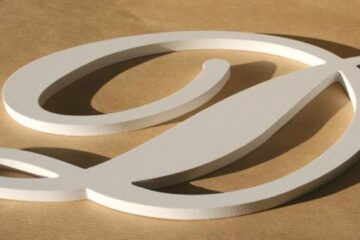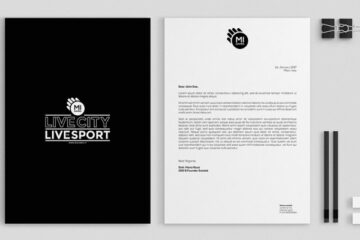In the last few years, with the advent of ebooks, we have seen the book change shape, revolutionizing. This is not the first major change in the use of the written word, since the book as we know it was in itself a revolution. Vediamo com’è nato il libro.
From clay tablets to papyrus
Let's jump to 4000 a.C., when it appears the first form of writing and namely that cuneiform of the Sumerians, who used clay tablets to record their characters. A form very far from what we know of the book.
Moving forward in time about 2000 year old, we come to the use of the papyrus, starting from the Egyptians to the Romans of the first century AD.
The long papyrus scrolls were wrapped around two wooden sticks and, let's, They were not really comfortable: to unroll had to use both hands.
In addition, the papyrus is a very fragile and it was not rare material that the scrolls are torn off or were damaged by moisture and bad weather.
Dalla pergamena alla carta
The parchment is named after the Greek city of Pergamon, who had a great library that rivaled the famous library of Alexandria in Egypt.
When Egypt stopped exporting papyrus, because of cultural competition between the two cities, Pergamon reacted obtaining the parchment from the processing of animal skins.
The Parchment is still considered one of the best writers invented supports, infatti, although in ancient times it did not spread quickly because of competition from less expensive papyrus, It will remain in use until the fourteenth century when China will be born carta.
The revolution is in the format
The discomfort and the fragility of papyrus scrolls allow the advent of the codes.
The codes had the appearance of book as we understand it today: They were protected by a wooden cover (or sheets of papyrus or parchment glued) and their internal guarded papyrus sheets written on both sides.
obviously, the code will not immediately replace the scrolls since neither the literate elite nor the Jewish community take kindly codes. This form has survived to this day, improving itself, and it became the book we know thanks to the first Christian communities who used the codes to transcribe sacred texts and prayers.
Always Christianity in the Middle Ages made the code the means par excellence for the transmission of literary works, in particular thanks to transcription by the monks of texts hitherto preserved on papyrus scrolls, born illuminated manuscripts.
The press and the birth of the book
fifteenth century, dunque, the book was a manuscript codex, produced thanks to the work of a patient and meticulous amanuensis. Il book manuscript was therefore a very expensive item and therefore elitist; each copy was one piece.
In the mid '500, German goldsmith Johann Gutenberg had an idea that would help make it a lot faster than a text reproduction process.
Gutenberg, thanks to his knowledge of jewelery, He managed to improve and make more durable movable type already invented by Bi Sheng Chinese printer, but they were so very fragile clay.
With improved movable type, the introduction of oily inks and the printing press of the first invention, Marks the Gutenberg printing revolution and the book.
From Gutenberg to date printing has evolved and with it the book, up to the digitization.
Although this is the era of the ebook does not mean that the printing books, brochure online or online brochure printing you are dying, indeed the two realities coexist and the book continues to maintain its charm and smell of printed paper that distinguish.
OutsidePrint if offers, with experience, professionalism and passion, As partners in advertising and communication agencies, media centers, tipografie, architecture studies, interior designer, industrial businesses and industry professionals, providing its graphic and production department, which digital printing service.



